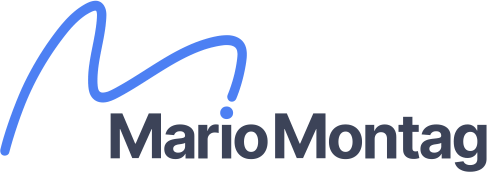
When Predikto was born in 2013, we wanted to deliver actionable insights using advanced analytics (Machine Learning) to predict failures in large industrial equipment to help move from reactive maintenance to proactive maintenance. We were solving the entire problem, but we were a product company, not a consulting / services firm. This required us to build technology that we could configure to deliver a SaaS GTM strategy. We had to:
- Evaluate the problem, available data, and find what was actionable by the customer
- Tackle data interfaces/data integration between source systems and the Predikto platform
- Stitch together and prep the data to feed it into algorithms
- Train the models (feature creation, feature scoring, model training, model running, and putting it in a platform that would run this in production)
- Delivering the results in a front end GUI to help the human understand the problem and what action they should take
As you can imagine, this was a lot for a small team of 25 with limited funding. We were in the early days of Auto ML and there were significant limitations in “machine learning” platforms to operationalize and automate machine learning. This is how I recall some of the competitors in the machine learning platform space back in 2013/2014:
- Alteryx had raised $6M in funding in 2013, but we never ran into them when chasing deals
- AWS and Azure had started to invest in their ML capabilities, but it required a lot of stitching together and they were not solving the problem. They were giving you the tool to solve it on your own or with an SI
- DataRobot had traction in Kaggle competitions and just focused on model training back then. They lacked any functionality around feature explosion and other capabilities we were building for classification algorithms
- Data IKU and Databricks had just been born in 2013 and would show up in our radar a few years later
There were a lot of “consulting/services” competitors out there as well leveraging platforms to deliver value. Some of them messaged like they had core IP, but they were just leveraging open source software to deliver value via a consulting engagement.
When I see the ML platform/software product space today, there are startups focusing on just a sliver of what we had to do. I wish some of these technologies were around back then since we had to build a lot of pieces of the platform stack. As an example:
- Feature Explosion startup: Explosium. This was just 1 module out of dozens of components for Predikto back in the day
- Feature Labs founded in 2018 and acquired by Alteryx is another startup with a lot of focus on feature creation and scoring
- ML as a Service like Michaelangelo from UBER and DataIKU are gaining a lot of tracking
- AWS, Azure, and Google have made massive investments into automation and simplification of ML model training and deployments
- Model monitoring in production did not exist as a category and we had to build functionality from scratch. Today, cnvrg.io is focused on this area
The space has continued to evolve and the problem is massive. I am happy to see a lot of new companies focused on very specific areas of ML automation to help operationalize and accelerate value creation using ML.
